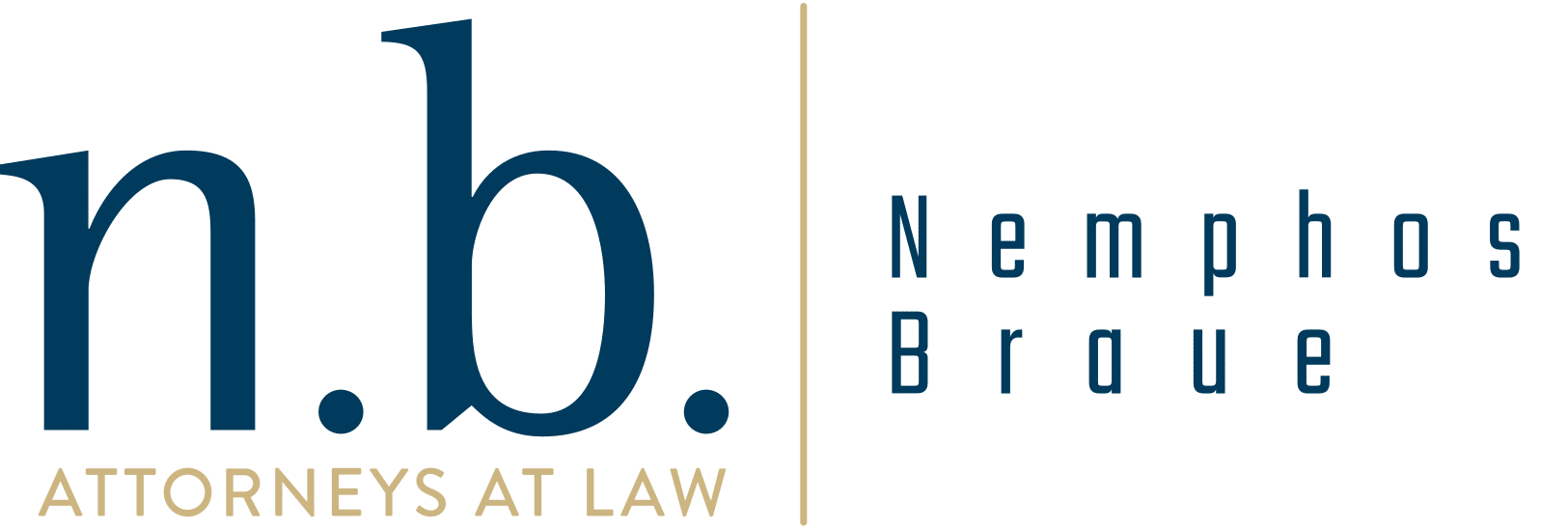December 1, 2020: Health and Government Operations Committee – Insurance and Pharmaceuticals Subcommittee
Johanna Fabian-Marks, Director of Policy and Plan Management, MHBE
State Reinsurance Program, Easy Enrollment, and COVID-19 Impact on Enrollment
Background: How does the federal 1332 waiver work?
- Reinsurance reduces premiums in the individual market by covering a portion of insurer’s claims.
- Lower premiums mean that the federal government’s costs to subsidize insurance for low- and middle-income people are also lower.
- The federal government passes those savings (“federal pass-through funding”) to MHBE to spend on the reinsurance program.
Individual Market Premiums Continue to Fall
- Monthly premiums are down an average of 11.9% for 2021, and more than 30% compared to 2018.
- In 2021, Maryland’s lowest cost plans will be about 20-30% below US averages, depending on metal level.
Individual Market Enrollment Continued to Rise
- As of the end of open enrollment for 2020, Maryland’s total individual market enrollment, including plans obtained directly from carriers, was 215,484 – up 1 percent from 212,149 a year earlier.
- As of the end of June, total individual market enrollment was up 11.6% year-over-year.
- Individual market exchange enrollment was at a four-year high as of the end of open enrollment.
- As of the end of October, Exchange enrollment was up 18% year-over-year.
A New Carrier Announced It’s Entering the Market
- In May 2020, United Healthcare announced that it is rejoining the individual market and will be offering plans on Maryland Health Connection for plan year 2021.
- 2021 will be the first year with an increase in the number of individual market carriers since 2015.
Reinsurance Program Parameters, 2019-2021
State regulations require the MHBE Board to:
- set estimated state reinsurance program parameters by April 1 of the calendar year preceding the applicable plan year, and
- finalize parameters by December 31 of the calendar year preceding the applicable plan year
Actual and Projected Cost, Funding, and Impact of the Reinsurance Program, 2019-2023
Reinsurance Spending and Funding Details, 2019
Carrier Accountability Reports
- State regulations at COMAR 14.35.17.03(C) require all carriers participating in the SRP to submit an annual report describing carrier activities to:
- manage the costs and utilization of enrollees whose claims were reimbursed under the SRP
- contain costs so enrollees do not exceed the threshold
- This report will collect targeted information on diabetes, behavioral health, asthma, and pregnancy/childbirth, as well as information on the most common diagnoses among enrollees whose claims were reimbursed under the SRP.
- These conditions align with existing state population health goals and will provide more information on opportunities to improve health and reduce costs.
- Reports on the first year of the SRP were due October 30, 2020 and are currently being analyzed by MHBE.
Easy Enrollment Update:
Maryland’s Uninsured Rate
- Maryland’s uninsured rate has held steady at about 6% since 2016.
- That’s better than the national average, but about double the rate in Massachusetts, which has the lowest uninsured rate nationally.
- The Easy Enrollment Program offers a way to continue making progress in reducing the uninsured rate.
Pre-COVID Uninsured in Maryland
- According to the most recent Census data, there are about 357,000 uninsured individuals in Maryland (6% of the population).
- About half are estimated to be eligible for financial help.
Easy Enrollment Implementation
- First program of its kind in the nation: CO used our model.
- Signed by the Governor 5/13/2019.
- Rapid-fire work to put in place for January 2020.
- COVID-19 extension to July 15th.
Easy Enrollment Next Steps
- Encountered obstacles to expedited enrollment related to citizenship and income application requirements under federal law.
- Working with the Comptroller’s Office and Maryland Department of Health on Easy Enrollment Phase 2 targeted for 2021, in which we would pre-populate Maryland Health Connection applications using state income tax return data.
COVID-19 Special Enrollment Period (SEP) & Impact on Total Enrollment
- Covid-19 SEP launched March 15 and is currently open through December 15
- Total SEP enrollment through Nov. 23: 93,069
- 67% Medicaid
- 23% APTC
- 10% unassisted
- QHP enrollment is up 18% year-over-year as of Oct. 31
Q&A
Delegate Karen Lewis Young: You mentioned that the state’s cost to support this program would be reduced from 2019 from $326 million dollars to $113 million from 2021. Given that our budget is financially challenged in 2021, I would like to better understand the accuracy of this forecast and how it was derived.
Johanna Fabian-Marks: You’re right, it is a very fortunate situation that Maryland is in. What we are seeing is that federal funding is exceeding the cost that we are anticipating for the program. We work with an actuarial firm to collect information from insurers and we work with the Maryland Insurance Administration to review that information. We are anticipating that federal funding is going to exceed the cost of the program in each year. Unspent federal funding rolls forward to be used by the state in future years.
Delegate Susan Krebs: What is the impact monetarily on current rate payers that the assessment is on?
Johanna Fabian-Marks: Because the assessment is a percent of premium that’s easy to say, so in 2019 it was 2.75% of premium and in 2020 forward it is 1% of premium. The net impact is premiums were not negatively affected by the state assessment.
Delegate Susan Krebs: What are the barriers for those people who are eligible for help that aren’t getting it?
Johanna Fabian-Marks: That is something we continue to explore. The biggest barrier is just motivating anyone to take action, these people are getting a letter in the mail.
Delegate Bonnie Cullison: Does the exchange currently have the capacity to follow up? For those that began applications, what kind of follow up do we have?
Johanna Fabian-Marks: We are able to follow up electronically, so we send follow up emails and postcards. We don’t have the capacity or resources to do personal follow ups.
Van Mitchell, Chair, Maryland Prescription Drug Affordability Board
HB 768 – Prescription Drug Affordability Board
- The Maryland Prescription Drug Affordability Board (PDAB) was created to study the pharmaceutical market in Maryland and protect the State and its residents from the high costs of prescription drug products.
- The PDAB is comprised of five members.
Prescription Drug Affordability Board: Board Structure and Members
Board members possess expertise in various fields, including public policy, pharmaceuticals, economics, finance, and health care.
Van T. Mitchell (Chair)
Gerard Anderson, PhD
Ebere Onukwugha, MS, PhD
George Malouf, M.D.
Joseph Levy, PhD
Board Meetings
- The Maryland Prescription Drug Affordability Board held meetings in January 2020 and February 2020 in Annapolis.
- Following the outbreak of the COVID-19 pandemic, the Board transitioned to virtual meetings.
- The Board held its first virtual meeting in June 2020, with subsequent meetings occurring in September, October, and November.
- The Board will continue to hold virtual meetings in 2021, with its first scheduled for January 25, 2021.
Legislative Session 2020
- HB 1095/SB 669 – Prescription Drug Affordability Board and Fund
- Provided a funding source through assessments placed on certain entities.
- HB 1100 – Meetings, Legal Advisor, Reports, and Technical Changes
- Altered dates for reports, changed the number of meetings, and amended the Board’s legal counsel system.
- HB 1150 – Maryland Competitive Pharmacy Benefits Manager Marketplace Act
- Required DBM to utilize a reverse auction system in selecting a PBM.
- The PDAB provided a letter of support in favor of this legislation.
Budget Update
- The PDAB currently operates on a budget of approximately $750,000, which is provided by MHCC.
- MHCC incurred expenditures of $12,218 in FY 2020, and projects spending $720,000 in FY 2021.
- Projected spending in FY 2021 includes the cost of acquiring commercial data sets, contracting with analytic firms, salaries for budgeted staff, and office space.
- PDAB has completed a projected five-year budget, which anticipates spending levels of slightly less than $1M per year.
PDAB — Staffing
- In January 2020, the Board advertised for a contractual policy analyst position.
- The statewide hiring freeze required the Board to seek approval to hire.
- The analyst was hired in May 2020.
- In July 2020, the Board submitted its request to reclassify the PIN # and recruit for the ED position; these actions were approved by DBM in October 2020.
- In October 2020, the Board advertised for candidates for the ED position.
- The hiring committee completed the interview process on November 20, 2020.
- The Board is working with MHCC, MDH, and DBM to obtain final approval to complete the hire.
- The PDAB has also worked with MHCC to augment its staffing needs, including:
- Human Resources – Support with hiring process and onboarding staff.
- IT – Providing technical assistance with meetings, provision of office supplies, and the publication of the PDAB website in July 2020.
- General guidance and outreach with sister agencies.
PDAB — Office Space
In February 2020, the Board began its search for office space.
- The Board identified area in Bowie as a preferred location.
- An RFP was ultimately issued in September 2020.
- The Board of Public Works will have to review and approve the eventual location.
Committee on Data Collection
- Following its June 2020 Meeting, the Board authorized the formation of a committee of Board members to focus on needed data, identify possible sources, and overall best practices in securing the data.
- The Board and Executive Director will utilize the committee’s findings to inform later decisions on data acquisition and analytic support.
- The Board has already received data from carriers.
- Anticipate receiving additional data from carriers, peer states, sister agencies, and commercial sources.
Public Meetings – Key Takeaways
- Stakeholders are eager to help.
- CRISP, carriers, and local government leaders have expressed interest in supporting the Board’s work.
- Carriers shared experience with prescription drug costs and utilization.
- Three major areas of concern: expensive novel therapies, high utilization for chronic conditions, unchecked price inflation.
- Increasing drug prices have caused affordability issues at the county and local level.
- County Executive Glassman recently noted that drug costs for county employees and retirees experienced an average increase of 12% last year.
- In addition to its meetings, Board members have participated in events with stakeholders to engage with members of the public.
Obstacles & Limiting Factors
While the Board has seen progress in serving its mission despite complications caused by the COVID-19 pandemic, it has identified certain obstacles:
- Securing office space
- Staffing needs
- Access to necessary data – Confidentiality of certain data may frustrate Board’s analysis
- Public engagement
Looking Forward
- Public Meetings
- Next meeting – January 25, 2021
- The Board will hear about consumer experience and community impact
- Continuing to work on statutory mandates
- Beginning work on key studies
- Continuing to work and establish relationships with peer states and sister agencies
- New staff additions
- Incorporating public feedback and preparing for the Stakeholder Council
- Promulgating regulations
Q&A
Delegate Susan Krebs: How are you using or are you using what the federal government is doing and piggybacking that onto your work?
Van Mitchell: I think we will have a whole lot more to tell you after our executive director when they get approved. We believe that there is probably as many as 18 or 19 items that the federal government over the last 3 or 4 years have worked on in a bipartisan position that are kind of low hanging fruit that we would like to be able to roll out to you sometime in the next 8 or 9 months.
Delegate Bonnie Cullison: Do you have a sense given the fact that carriers are coming to the board and saying this is an issue for them, that they would continue to support the assessment on them to fund the board the way it was passed in this past year?
Van Mitchell: When I talked to different carriers and told them it would be $750 they looked at me and smiled because they have never seen an assessment come out of us for that little. I think that as long as we are realistic with our ask and that we don’t create a situation that is going to cost them millions of dollars each, I think they will be very helpful.
Delegate Bonnie Cullison: Attached to the board is the advisory council, have you had any engagement with the advisory council? If so, how is that set up? If not, when do you anticipate engaging them?
Van Mitchell: That’s what I referred to as the stakeholder. It’s 26 or 28 members. Early on I had conversations with the presiding officers and they were very supportive. I felt it was very important to get this board on a very sound footing financially and operationally.
Delegate Sid Saab: In your view, when would be the first time that we’ll actually see some difference in savings when it comes to prescription drugs? What is the saving compared to the money that we are spending on the board, which is $2 million?
Van Mitchell: Let’s say you end up in the next 2 or 3 years averaging a $750 to a $1 million dollar spend. I could conceivably say that you might see a return of $15 to $20 million dollars a year.




